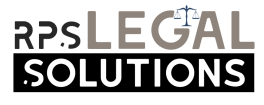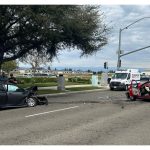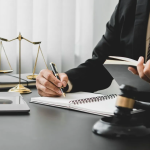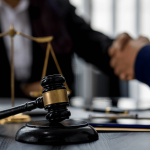UNDERSTANDING PURE COMPARATIVE NEGLIGENCE IN PERSON INJURIES
Your personal injury lawyer can help you sue the at-fault party if you are involved in a Los Angeles car accident and sustain injuries beyond your personal injury coverage. For victims who were injured due to the negligence or extreme recklessness of the at-fault party, punitive damages can provide additional compensation. You may be eligible for additional compensation to cover your expenses.
These claims are being fought by many drivers in Los Angeles. They are not willing to admit to fault and they do not want the responsibility for their negligence. They are more likely to sue A personal injury lawyer spanish fork utah can protect you from this necessary pressure by negotiating a fair
In fact, in a case such as this, the defendant might even claim that you were responsible for the accident. This claim can be disproven by your personal injury lawyer. The court might find that the evidence does not support the claim and award the blame to the other driver. They may instead find that both drivers contributed to the accident.
FLORIDA’S SILENT COMPARATIVE NEGLIGENCE
If the court finds that two drivers were partially responsible for the accident, Florida’s comparative negligent laws will apply. You will still be able to get the compensation you need for your injuries even though your negligence level is not considered “pure comparative blame”. Instead, the amount of damages awarded is proportional to the amount of fault that the claimant has been charged with. If you are 40% responsible for the accident, you can still claim 60% from the other party. If you win your case and you have $100,000 to start with, $60,000 will be awarded to you if you are 40% responsible.
WHAT IS THE FAULT IN A PERSONAL INJURY CASE?
Judges consider many factors to determine how much fault each party is responsible for. The following factors could contribute to driver fault:
- Accelerating
- Be reckless
- Driving while under the influence
- Driving and texting
- Red lights are a red flag
- Failure to stop at stop signs
- Turn signals should not be used
This article was written by Alla Tenina. Alla is a top San Fernando Valley personal injury lawyer, and the founder of Tenina law. She has experience in bankruptcies, real estate planning, and complex tax matters. The information provided on this website does not, and is not intended to, constitute legal advice; instead, all information, content, and materials available on this site are for general informational purposes only. Information on this website may not constitute the most up-to-date legal or other information. This website contains links to other third-party websites. Such links are only for the convenience of the reader, user or browser; the ABA and its members do not recommend or endorse the contents of the third-party sites.






